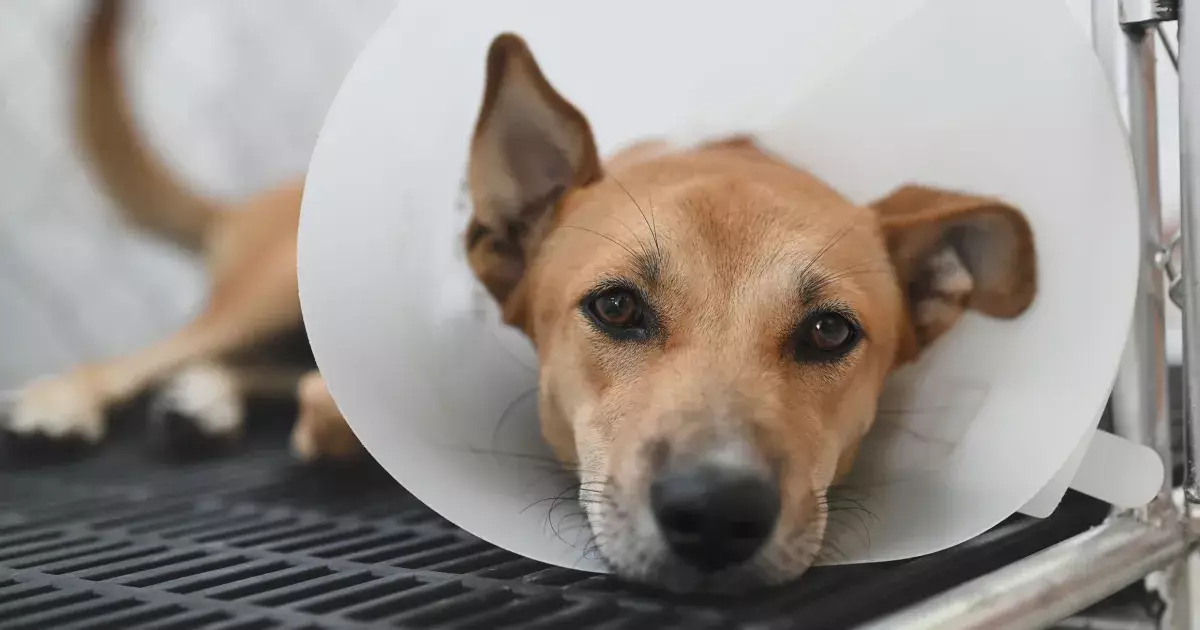Welcoming a new furry member into your home is a joyous occasion, but it comes with responsibilities, including spaying or neutering your pets. As your male and female pups undergo these procedures, it’s essential to understand how they may react in the immediate aftermath. Post-surgery, dogs usually experience a temporary state of lethargy due to anesthesia. This drowsiness can last anywhere from 24 to 48 hours, during which you might notice that they are less playful and more prone to resting. It’s not uncommon for dogs to have a diminished appetite and show signs of being tender around the incision area. Observing their behavior during this time is crucial as they may also express curiosity about their stitches, potentially leading them to lick at the area.
To ensure a smooth recovery with minimal risk of complications, preventive measures should be prioritized. A plastic cone, often referred to as an Elizabethan collar, is recommended for at least two weeks post-surgery to deter your pup from licking the stitches. This protective gear may initially seem uncomfortable for them, but it is essential for preventing infections and ensuring that the surgical site heals properly. Regular monitoring during this healing phase can lead to a more secure recovery and help alleviate anxieties associated with collar-wearing.
Once the immediate effects of anesthesia wear off, many pet owners wonder about the long-term impacts of spaying and neutering on their dogs’ behaviors. Typically, the outcomes can be beneficial, especially when procedures are performed at a young age. For instance, males may experience a notable reduction in aggressive tendencies, making them easier to manage. However, it’s crucial to remember that the timing of the surgery matters significantly. Older dogs that undergo neutering might not exhibit the same change in behavior, as ingrained habits can be challenging to alter.
Weight management is another factor to consider long-term. Hormonal changes resulting from spaying and neutering often lead to weight gain among dogs. As such, transitioning to a light or specially formulated diet can mitigate this risk and help maintain your pet’s health. It’s advisable to consult with your veterinarian about the best nutritional plan suited to your dog’s age and activity level.
Following the surgery, owners should focus on promoting a healthy, age-appropriate behavioral development in their pets. While some dogs may naturally exhibit a calmer demeanor in the months following the procedure, others may require additional training or socialization to adjust their behavior. Consistency and patience are vital as you navigate this transition. Engaging in positive reinforcement techniques and regular exercise can significantly influence your dog’s physical and mental well-being, fostering a balanced lifestyle post-surgery.
Understanding the range of expected behaviors, both short-term and long-term, can guide pet owners in providing the necessary care and support for their newly spayed or neutered dogs. With the right strategies and an attentive approach, you can help your pups recover smoothly while setting the stage for a healthy, happy life.

